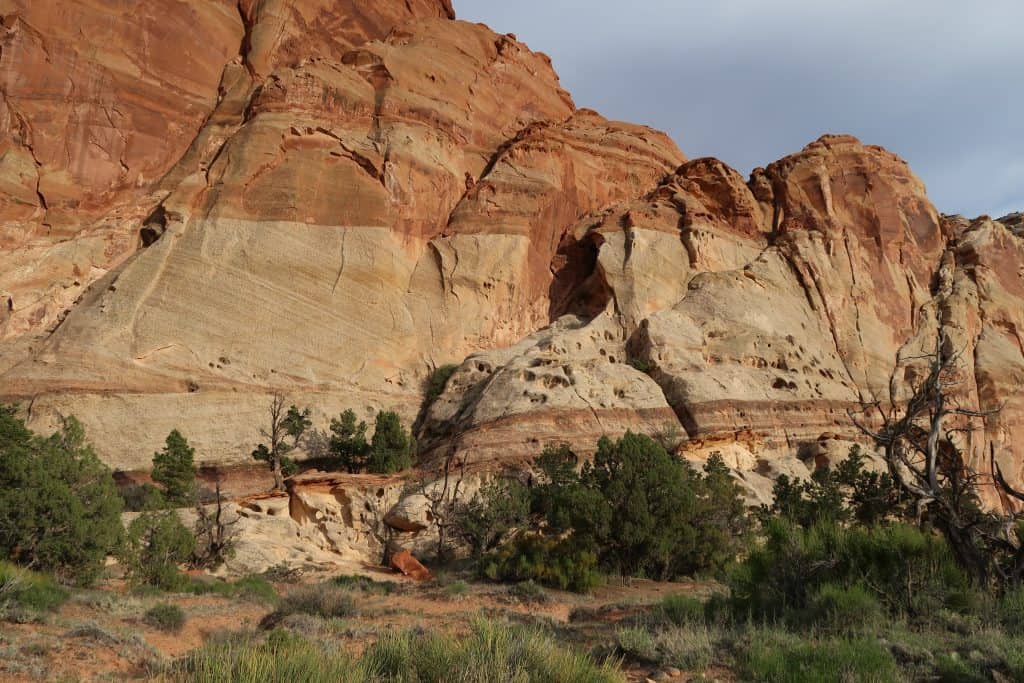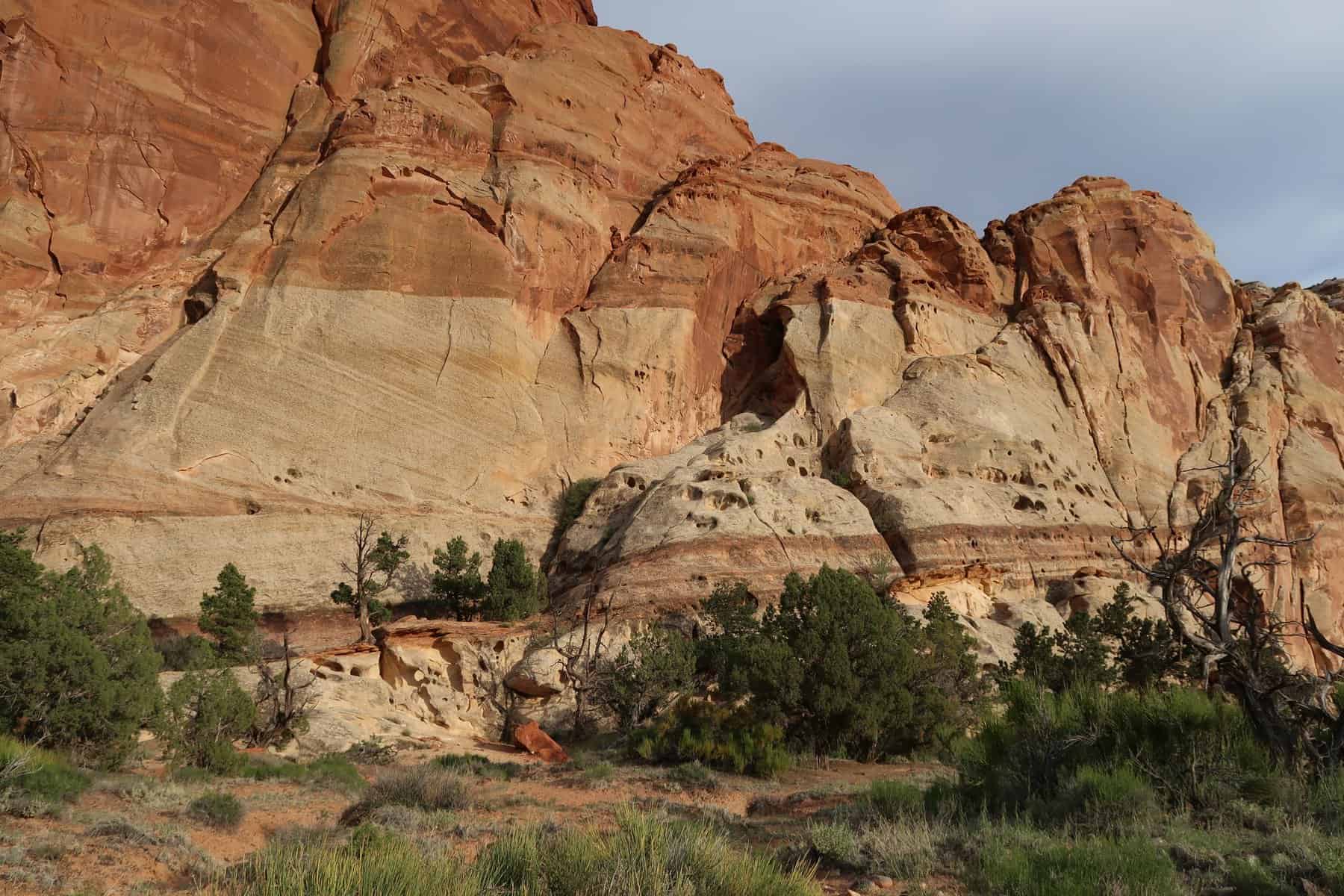The United States National Parks are cherished by millions of visitors every year. They offer breathtaking landscapes and unparalleled opportunities for recreation and exploration.
However, to protect these special places and ensure the safety of visitors, the National Park Service (NPS) has established a set of rules and regulations that govern the use of the parks. Here is an overview of the most important rules and regulations for the National Parks in the United States.

Permits and Reservations:
Many National Parks require permits for certain activities, such as backcountry camping, rock climbing, and wilderness use. These permits help to manage the number of visitors and minimize the impact on the park’s resources.
In some parks, permits can be obtained online or by visiting the park visitor center, while in others, they may be obtained through a reservation system.
We are keeping track of the updates from each park. For a list of parks and the additional fees or reservations required for the season, view THIS post.
For frequent national parks news updates, follow me on YouTube HERE.
Camping Regulations:
Each National Park has specific camping regulations that must be followed by visitors. These regulations include the number of tents and campers allowed per campsite, campfire restrictions, and the use of generators.
It’s important to familiarize yourself with the camping regulations for each park you plan to visit and to follow them strictly.
Most parks require advanced reservations for all campsites. Due to the increasing number of annual visitors, many previously walk-in-only campgrounds have shifted to reservation only facilities. Be sure you plan far in advance and reserve accommodations.
Wildlife Regulations:
The National Parks are home to many species of wildlife, and visitors are encouraged to view and photograph wildlife from a safe distance. Feeding or harassing wildlife is strictly prohibited and can result in fines or other penalties.
Visitors are also required to store their food and trash securely to prevent attracting wildlife to campsites and picnic areas.
Each park his is own lists of critters to be aware of. Ensure your safety and the safety of the animals by familiarizing yourself with necessary precautions.
Hiking and Climbing Regulations:
Visitors to the National Parks are encouraged to enjoy the parks’ trails and scenic overlooks, but they must do so in a responsible manner. Hikers should stay on designated trails and avoid damaging the park’s vegetation and wildlife.
Additionally, some parks now require special permits for certain hikes. Ensure that you have identified your itinerary wish list, and check your park’s website to ensure that you will have access.
Climbing is allowed in some parks, but it may be restricted in certain areas to protect the park’s resources.
Many parks require additional permits for climbing or canyoneering. Ensure you have checked your park’s website so that you don’t miss out on this fun!
Fires and Smoking Regulations:
When visiting a national park in the United States it’s important to be aware of fire regulations in order to prevent wildfires and ensure the safety of visitors and wildlife. Visitors should be aware of the following:
- Campfires: Campfires are allowed in designated fire rings or grills in most national parks, but there may be restrictions depending on the time of year and local fire conditions. Some parks prohibit campfires altogether during certain times of the year, while others require a permit to have a campfire. Visitors should always check with the park ranger station for current fire regulations.
- Fireworks: Fireworks are prohibited in all national parks as they can easily start wildfires and pose a serious threat to park visitors, wildlife, and the environment.
- Smoking: Smoking is typically allowed in designated areas within national parks, but visitors should always check with the park ranger station for any restrictions or bans due to fire conditions.
- Backcountry Camping & Fires: Visitors planning on backcountry camping should always check with the park ranger station for any restrictions on open fires or camp stoves. Some parks require the use of a portable stove for cooking. Others may prohibit fires altogether in certain backcountry areas.
- Fire danger levels: National parks often have a fire danger rating system that is used to inform visitors of the current risk of wildfire in the park. This system is used to determine fire restrictions and closures as well as to educate visitors about fire safety.
Trash and Litter Regulations:
Visitors to the National Parks are required to properly dispose of their trash and litter, including food scraps and cigarette butts. Litter can attract wildlife to campsites and picnic areas, which can pose a danger to both the wildlife and visitors.
Visitors are also encouraged to pack out what they bring in to help keep the parks clean and natural.
The National Park Service has produced a set of rules called the Leave No Trace Principles. It is important for all visitors to be aware and attentive of these guidelines. For more information, please read THIS article.
Some national parks even include trash collection as part of their junior ranger program, so if you have a potential trash receptical, keep it available so your junior-ranger-in-training can earn their badge!
Pets and Service Animals:
Pets are allowed in some National Parks, but they must be leashed and under control at all times. Pets are not allowed on trails or in backcountry areas, and they may be restricted in certain areas of the park for wildlife protection.
Service animals are allowed in all areas of the park, but they must be under control at all times.
For more information about the NPS rules regarding dogs in the parks, read THIS.
The National Parks in the United States are special places that require visitors to follow a set of rules and regulations to ensure their protection and enjoyment.
By familiarizing yourself with the rules and regulations of the park you plan to visit and following them strictly, you can help protect the park’s resources and have a safe, enjoyable, and memorable visit.

